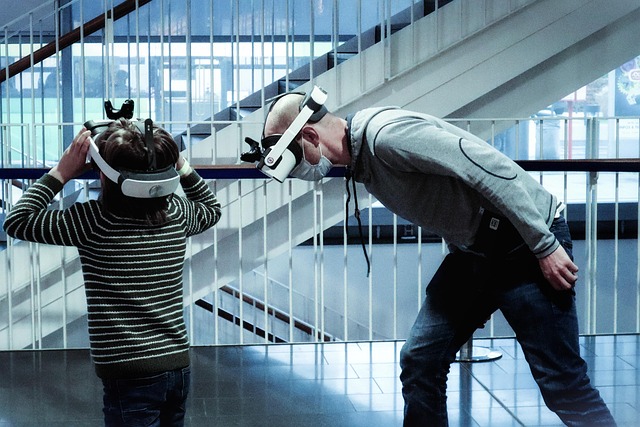Exploring the Metaverse: A Dive into Digital Experiences with Virtual and Augmented Reality in Software
In today’s rapidly evolving tech landscape, the concept of a digital experience has transformed from simply browsing websites or using apps to immersive journeys through virtual worlds. At the forefront of this revolution are virtual reality (VR), augmented reality (AR), and the tantalizing promise of the metaverse. For anyone engaged with software, whether as a developer, designer, or enthusiastic user, these technologies represent a gateway to new possibilities and enriched interactions.
Virtual Reality: Immersing Yourself in New Worlds
Virtual reality offers a full immersion into a digitally-created environment, transporting users away from their physical surroundings and into a completely crafted world. Using VR headsets and sometimes additional accessories, individuals can explore fantastical realms, participate in professional training simulations, or engage in social experiences framed by code and creativity. The unique value of VR lies in its ability to deliver a digital experience that engages multiple senses and fosters genuine emotional and physical presence.
From gaming to virtual conferences, VR software continues to evolve, pushing the boundaries of what users can perceive and interact with. For developers, creating these immersive environments includes challenges like optimizing performance, ensuring comfort, and designing intuitive interactions, all contributing to a seamless and captivating digital experience.
Augmented Reality: Enhancing Reality with Digital Overlays
While VR immerses users entirely in digital realms, augmented reality enhances the real world by layering digital content atop our physical surroundings. AR applications, accessible via smartphones or specialized glasses, provide an interactive digital experience by blending virtual objects with tangible environments.
This fusion of realities opens expansive opportunities in software development—from interactive shopping experiences where users preview products in their homes, to educational apps that bring textbooks to life with 3D models, and even tools that assist professionals such as surgeons or architects by overlaying critical information in real time.
For users, AR creates a seamless bridge between their physical world and digital enhancements, crafting a dynamic digital experience that feels both natural and innovative.
The Metaverse: The Next Frontier of Digital Experience
The metaverse represents the synthesis of VR, AR, and persistent online environments into a vast, interconnected digital universe. Imagine a space where you can socialize, work, learn, and entertain yourself within a continuous digital realm without limitations. This ambitious software ecosystem promises to redefine how we engage with technology and each other.
Creating the metaverse requires sophisticated software infrastructure and collaborative development, aiming to craft shared, persistent worlds where users can build, explore, and connect regardless of geographic boundaries. The metaverse embodies the pinnacle of digital experience, offering a realm where the line between digital and physical blurs, and new forms of presence and identity can flourish.
Embracing the Future of Software and Digital Experience
Whether through the immersive escapism of virtual reality, the seamless digital integration of augmented reality, or the expansive connectivity of the metaverse, these technologies are reshaping what software can be and how we experience it. For anyone passionate about software, engaging with these tools provides not only exciting challenges but also the opportunity to contribute to a future where digital experience transcends screens and becomes an integral part of everyday life.
As developers, designers, and users, embracing VR, AR, and the metaverse invites us all to rethink interaction, creativity, and presence in a digital world that is only just beginning to unfold.




